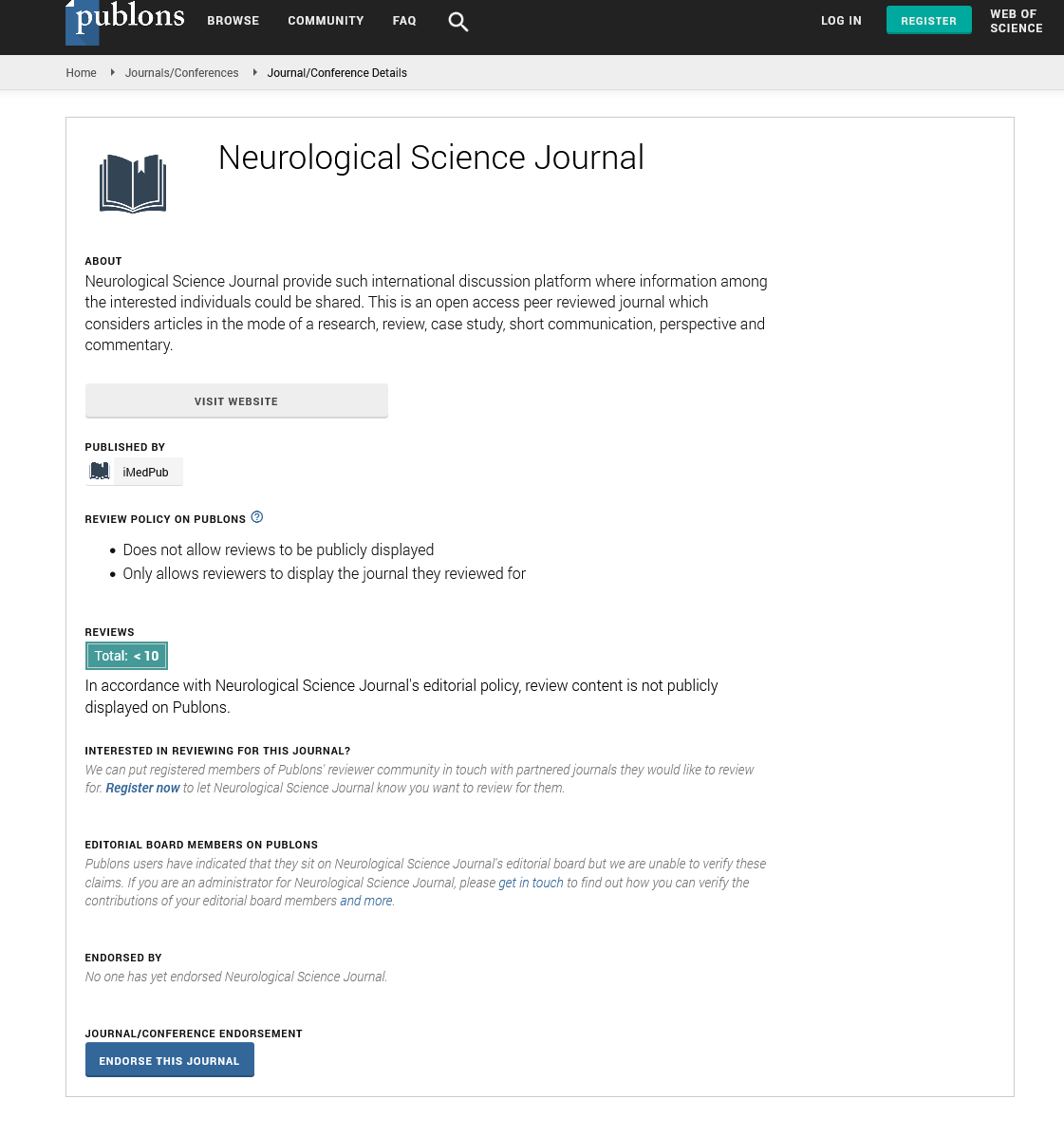Abstract
Application of Expressive Origami Therapy for Children
Expressive Origami Therapy (EOT: former Enrichment Origami Art Therapy) was formulated by Toshiko Kobayashi in early 2000 while she was studying art therapy. The conceptualization of origami as a powerful tool of therapy was through her life experience of living abroad with her children. Visiting refugee camps in Palestine, Township in South Africa, Orphanages in Morocco, Peru, and Algeria to facilitate origami workshops made Toshiko firmly believed in therapeutic efficacies of origami.
Origami has several advantages as a safe and accessible in terms of materials. It only requires a piece of paper and fingertips to manipulate. In origami activities, primary senses are used to make your brain active, while it serves well beyond vision, physical, mental, and psychological disadvantages.
One of the main focuses of Toshiko’s presentation is a potential of creative processes of new approach to origami as a therapeutic tool in educational, communal, and family settings. Next is to examine its possibility as an expressive activity does not limited under cultural confinement due to tis geometric nature. At the end several practical ideas and applications of therapeutic use of origami will be introduced alongside the group and individual case samples. These origami projects are easily adapted to the children of different developmental stages and their individual needs. As well as children at risk, origami will be used as a safe and non-threatening modality.
Toshiko has been applied EOT to wide variety of population in needs regardless of gender and cultural background and its unique potentials have been tested through out the area where she has visited.
Author(s): Toshiko Kobayashi West End Avenue, 18L, New York, NY 10023 USA
Abstract | PDF
Share This Article
Google Scholar citation report
Citations : 11
Neurological Science Journal received 11 citations as per Google Scholar report
Neurological Science Journal peer review process verified at publons
Abstracted/Indexed in
- Google Scholar
- Publons
Open Access Journals
- Aquaculture & Veterinary Science
- Chemistry & Chemical Sciences
- Clinical Sciences
- Engineering
- General Science
- Genetics & Molecular Biology
- Health Care & Nursing
- Immunology & Microbiology
- Materials Science
- Mathematics & Physics
- Medical Sciences
- Neurology & Psychiatry
- Oncology & Cancer Science
- Pharmaceutical Sciences
